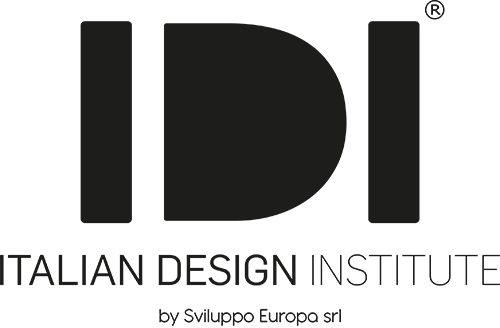The frontier of Toy design is called 'inclusive play', i.e. designing toys that are truly for all children, including those with disabilities.
Playing is a fundamental aspect of every child's life; it is the natural way in which children relate to the world. Yet, most toys on the market have not been developed with the different abilities of children and the presence of children with disabilities. Not only does deprivation of play negatively affect the cognitive, physical and communicative development of children, but it is also uneducational for so-called 'able-bodied children', who miss the opportunity to learn inclusivity from an early age.
Increasing the fraction of inclusive toys and providing freedom of play for all children, taking into account different abilities is certainly a demanding and exciting challenge for any professional toy designer.
LUniversal design and Design for all are design methodologies that have roots dating back to the 1960s, when people were already thinking about the importance of designing toys for all children.
However, solutions have often been unsatisfactory, sometimes even aesthetically questionable and discriminating.
The inclusive toy
An inclusive toy is one that values the different abilities of all children, understood as playable by all regardless of their abilities, aptitudes and preferences, created with the aim of being used by as many people as possible.
Some examples of inclusive toy design
The design aimed at enhancing the peculiarities of each individual has recently led to the spread and success of certain games such as the Uno cards in the Uno Braille version. Mattel designed a new pack of cards with braille lettering in one corner to enable blind people to recognise the number and colour of the card, still printed as in the traditional version of the game.
Collaborating on this project was Mark Riccobonopresident of the National Federation of the Blind, who emphasised that UNO Braille is doing more than just making this game more accessible: it is also helping to promote the importance and normality of Braille by putting it in places that people might not expect and integrating it into the games of blind children.
Microsoft and Logitech have designed the first joypad and accessory kit that is fully customisable by the user who can configure the settings according to the different games on the console.
The Inclusive toy design turns the spotlight on issues that are still little explored, involving different professionals and actors who together are called upon to make their contribution to enable companies to market educational and truly democratic products.
The study and research work of the toy designerin order to increase the design and production of inclusive toys, to help reduce the social and cultural aspects that lead to the association of disability with a negative dimension of existence and to ensure the freedom and enjoyment of play for all children.
Do you want to become a Toy Designer and design your own inclusive toy? Sign up for the Specialisation Course in Toy Design by Italian Design Institute.
Course in Toy Design: the IDI specialisation
Italian Design Institute organises a specialisation course in Toy Design to learn:
- How born a toy
- Concept development
- The study of mistakes as a creative experience for the children
- How to prototype and create a toy
- Mathematics applied to the toys
The course, aimed at a maximum of 18 participants, includes:
- Preparatory lessons
- 32-hour classroom phase
- Project work with the realisation of an individual project




